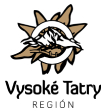 PODBANSKÉ
PODBANSKÉ
The first tourists got accommodated in the Pribylina shepherd’s huts, which have been built there since the 17th century. At the end of the 19th century, the tourists Liptovský Mikuláš and Liptovský Hrádok promoted the construction of the “Liptov Spa” in Podbanské, and shortly after the liberation they built 10 barracks, one of which was furnished as a dining room and the other ones as hostels. In 1956, the 2nd national gathering of tourists took place here. Before the 1970 World Ski Championships, the Kriváň Hotel was opened here, and in 1981, the large-capacity Permon convalescent home was put into operation, which works as a grand hotel to this day.
 ŠTRBSKÉ PLESO
ŠTRBSKÉ PLESO
In 1872, Jozef Szentiványi from Liptovský Ján, the owner of Štrbské pleso, built a small ground-floor log cabin here, which he opened for tourists a year later. He allowed another cottage to be built by the Hungarian Carpathian Association. Jozefova chata („Joseph’s cottage“), as she was called in honor of the landowner, already had 40 beds, a simple restaurant and a permanent housekeeper. It offered showers, ordinary warm and dwarf-pine baths. At the turn of the century, the settlement consisted of 15 buildings with 72 guest rooms and 140 beds. In addition to the natural swimming pool, there was also a spa house with 16 baths, showers and a massage hall. The cog railway was connected with the Tatranská Štrba railway station since 1896, but it was abolished for its technical shortcomings in 1936. In 1969, a more modern cog railway was built. In 1901, Štrbské Pleso became the property of the state and in 1906 the company Wagons Lits Cook built the first part of the complex of representative hotels on the southern bank of the lake, later the hotel Kriváň, today part of the Grandhotel Kempinski. As a result, the winter seasons became fully active in the settlement and ťrbské pleso became the most attractive winter sports center in the High Tatras. During the First World War, most rooms were reserved by the army for convalescents and ski courses. After the war, the operation of the settlement remained mainly a hotel, but there were no climatic therapy facilities under medical supervision. After the Second World War, the situation forced the entire settlement to focus on the treatment of bronchial asthma and allergic diseases of the upper respiratory tract. In 1976, the Czechoslovak State Spa acquired a new spa house – Helios. Today, Štrbské Pleso is an important tourist destination, sports center and well-known climatic spa.
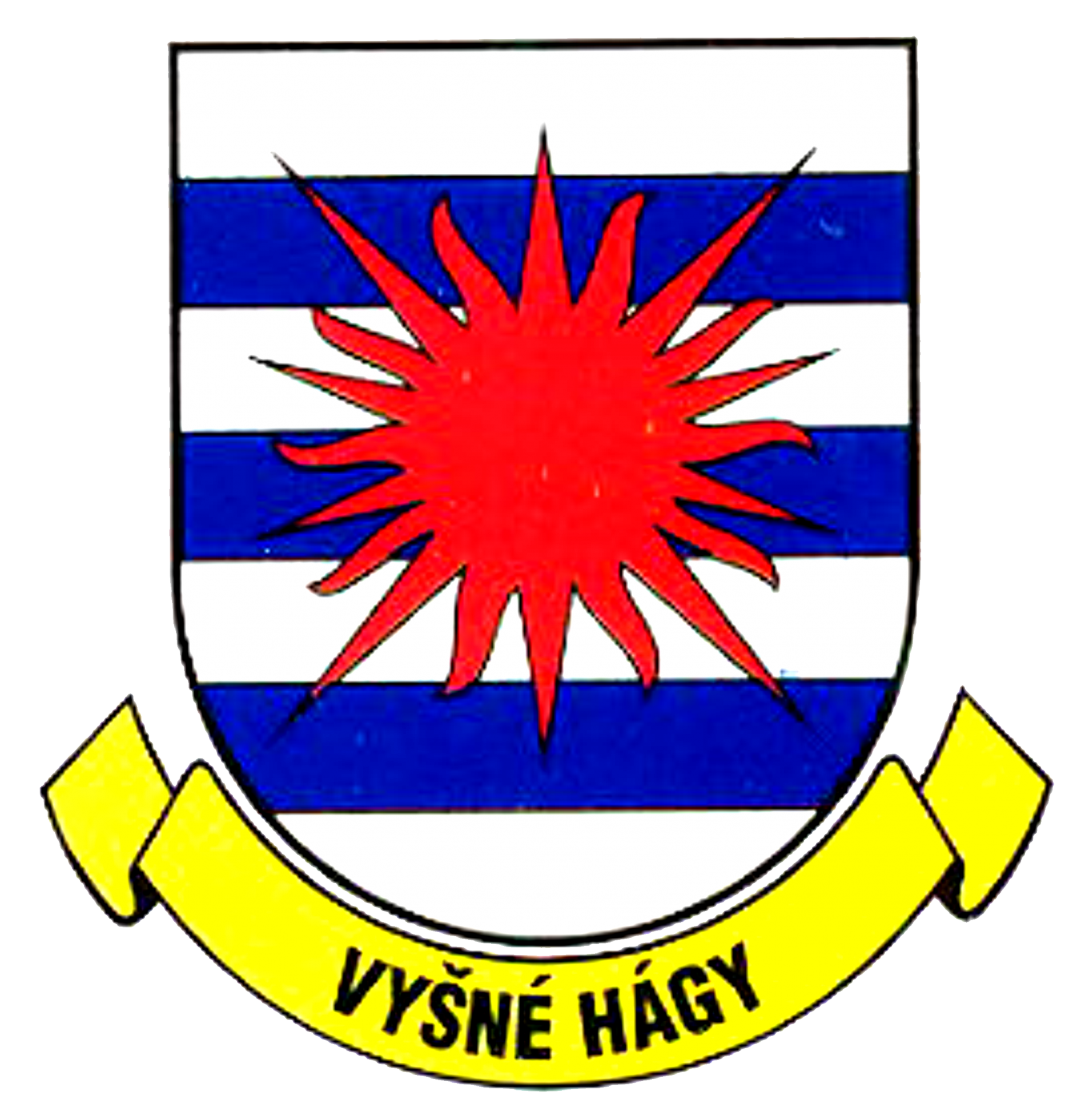 VYŠNÉ HÁGY
VYŠNÉ HÁGY
The beginnings of the settlement date back to 1890, when the landowner from Batizovce and Markušovce, František Mariássy, built a one-storey tourist hotel with a domestic and cheap restaurant on his land. Excellent mountain milk and beautiful trout specimens came from the Nižné Hágy cow breeding and fisheries. They offered a variety of baths, for example, spruce, warm, cold or pine. In 1897, the surrounding forests and the settlement were bought by the Prussian prince Kristián Kraft Hohenlohe, who immediately built a hotel with 30 rooms and a hunting manor inaccessible to the public. In an effort to make the settlement a resting place for wealthy convalescents, noticeably increased prices. In 1928, the Czechoslovak state bought the Hágy property and built a huge sanatorium for the Workers’ Social Insurance Agency. During the war, many politically and racially persecuted people or wounded partisans found refuge in the sanatorium. During the crossing of the front, they set up a military hospital in it. Today it is the National Institute of Tuberculosis, Lung Diseases and Thoracic Surgery in Vyšné Hágy.
 NOVÁ POLIANKA
NOVÁ POLIANKA
The youngest Tatra settlement began to grow shortly after the Second World War according to the projects of the architect M. Harminec from Bratislava at an altitude of 1060 meters above sea level. and since 1956 it has served as a military hospital for respiratory diseases. An interesting feature of the settlement was the existence of a swimming and recreational pool (with heated water), with a length of 13 meters. The pool was located in the open air (open, without a roof), was part of the kindergarten on the premises of the medical institution and was not open to the public. For many years, during the period 1956 – 2008, the local bathing season lasted from mid-June to the end of August. The crisis since 2009 has meant that the pool no longer served its purpose. Near the settlement is the location of Danielov dom („Daniel’s house“), which is one of the centers of nature protection in the central part of the High Tatras.
 TATRANSKÁ POLIANKA
TATRANSKÁ POLIANKA
The first predecessor of the settlement was the Gerlachov municipal gamekeeper’s lodge from the 70s of the 19th century. In 1884, a hunting lodge of the enterprising farmer Pavel Weszter was built near it. Tourists’ interest in the Velická dolina area, therefore, encouraged him to establish Tatranská Polianka. At the end of the 19th century, there were 6 buildings with 52 rooms in the settlement. However, he was not satisfied with this business and made sure that his nephew Michal Guhr studied medicine and, after proper practice, founded and ran climatic sanatoriums for the treatment of tuberculosis and Basedow’s disease from 1902. Thanks to him, the settlement became an important center of skiing and sports sledding. During the First World War, sanatoriums served as military hospitals. After the war, Guhr’s sanatoriums dealt with asthma. In 1925, they modernized them and built a new restaurant wing. Five years later, they built a new sanitary facility. Today, the modernized institute belongs to the complex of Tatra medical institutions.
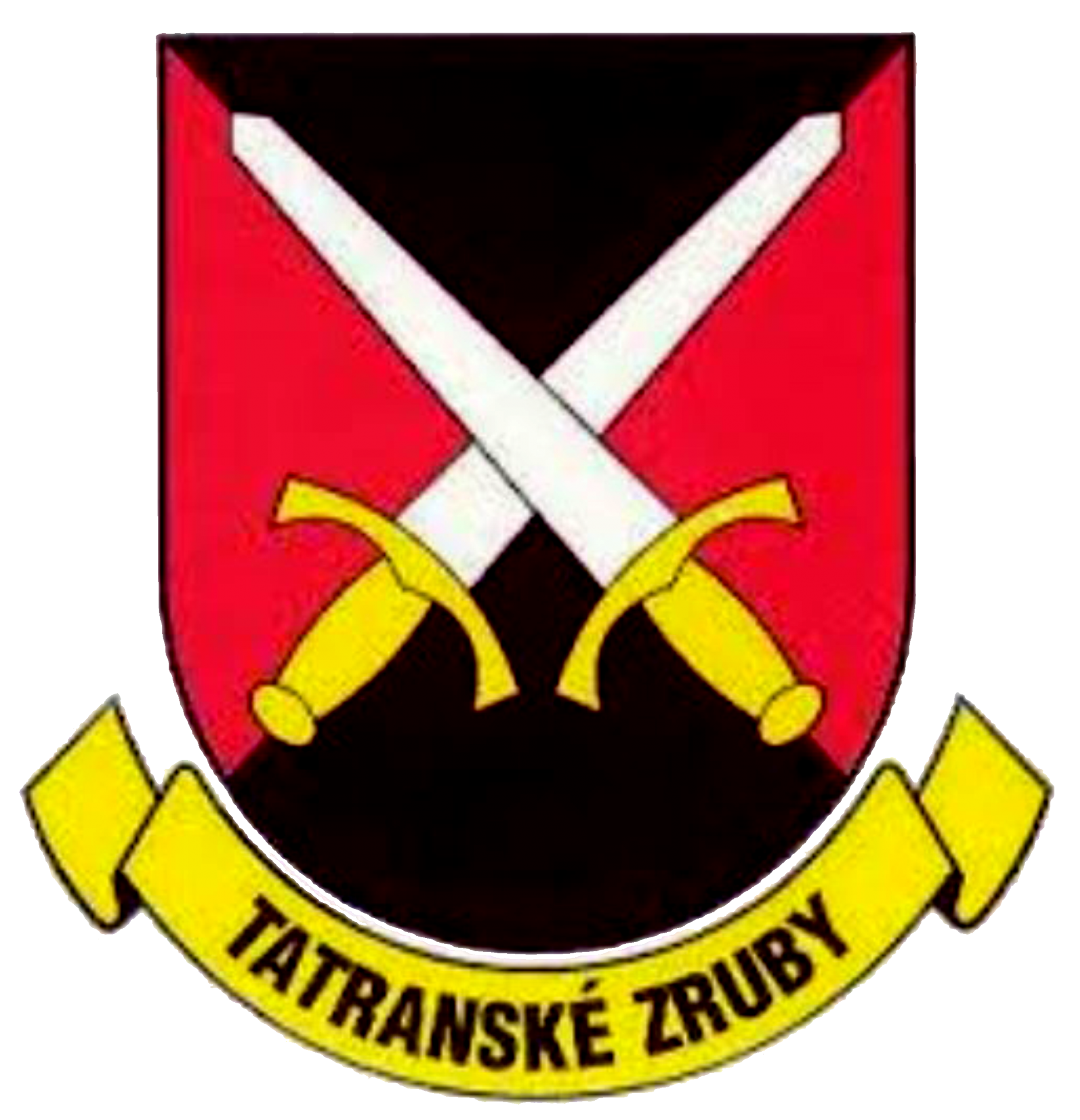 TATRANSKÉ ZRUBY
TATRANSKÉ ZRUBY
Originally, Vojenské Sruby grew up as a log training camp of the Czechoslovak army, where athletes – skiers and climbers – were concentrated from 1923, and field training of special mountain units was organized. Attendees of the courses, in cooperation with the Club of Czechoslovak Tourists, actively participated in the construction of Tatra hiking trails and chalets. In 1944, the garrison of the Vojenské Sruby joined the Slovak National Uprising. After the war, the settlement was renamed Tatranské Zruby and it was transformed into a military convalescent home with the possibility of family recreation of members of the army. Its level has increased significantly since 1967 when they built a new central hotel building. There is also a monument in the settlement in memory of 24 Soviet pilots and Czechoslovak paratroopers who perished on October 9, 1944 in the wreckage of the Douglas transport aircraft on the Gerlachovský peak.
 NOVÝ SMOKOVEC
NOVÝ SMOKOVEC
Dr. Szontagh, as a spa doctor in Starý Smokovec, knew the favorable possibilities of climatic treatment of pulmonary tuberculosis in the Tatra conditions. In 1876 he rented land and opened two new sanatoriums. In the winter of 1881-1882, Mikuláš Szontagh tried for the first time to keep the sanatoriums open even in winter. However, the patients could only be gradually called up for winter treatment, and their family doctors were mostly against winter treatments. As one of the pioneers of winter sports, the doctor also prescribed skiing or sledding to his patients as important remedies. In order for winter guests to be able to walk in any weather, he built an open, roofed colonnade on the sides with a deliberate slope, which allowed for “lung gymnastics”. The colonnade opened into a lush winter garden with colorful vegetation, free-flying birds, a library, a bowling alley, a buffet and a bazaar. At the turn of the century, Nový Smokovec had 36 buildings – 26 of which formed a complex of sanatoriums. The spa house prescribed a spa with medicinal ingredients and massages, electrotherapy, respiratory therapy, pneumatic therapy and therapeutic exercise. In the reserved parts of the buildings, healthy people were accommodated, mostly companions or visitors to the sick. During the First World War, sanatoriums were transformed into military infirmaries. At the same time, the construction of a new large sanatorium began. After the Second World War, it became the then sanatorium of the General Pension Institute.
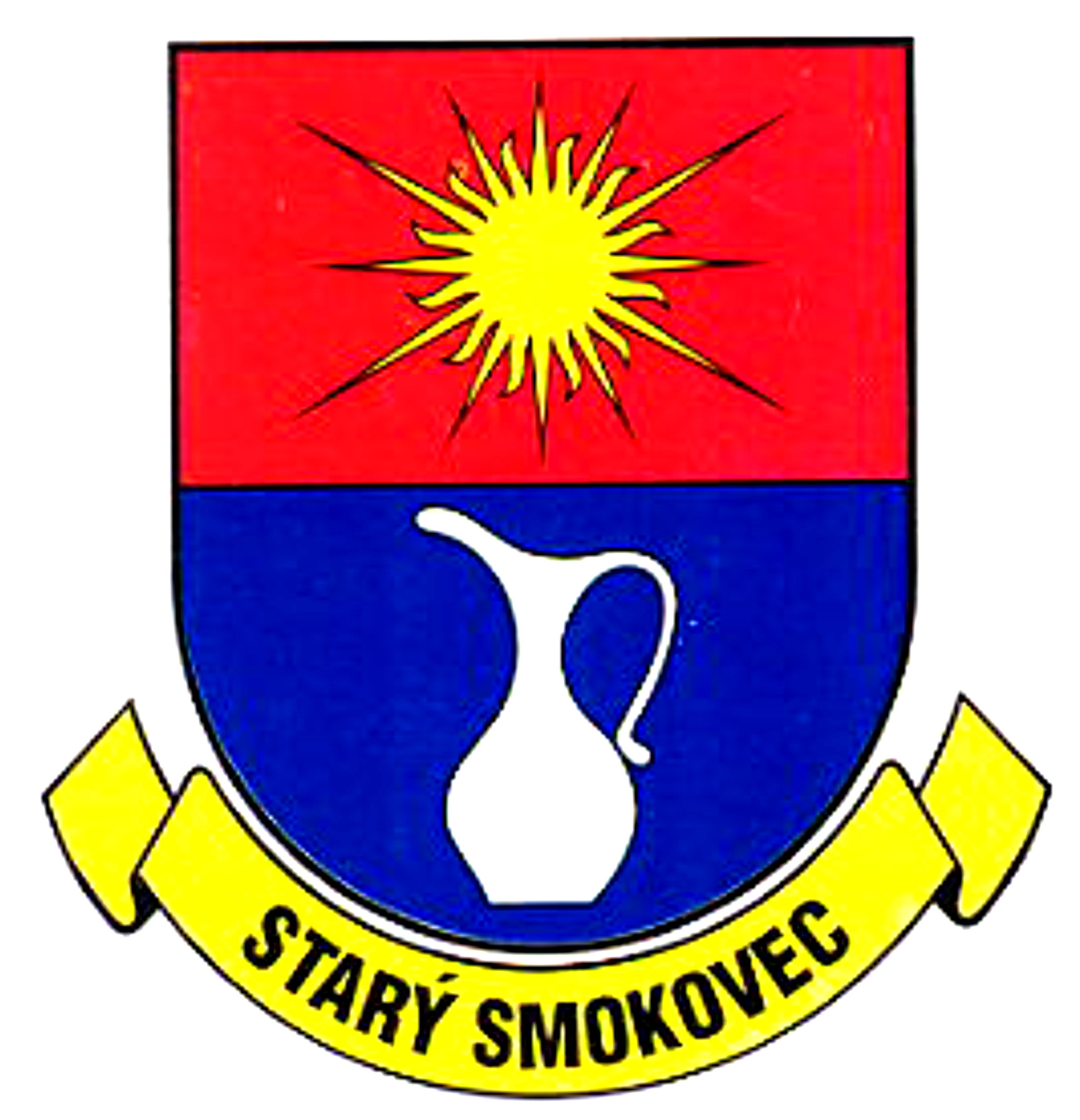 STARÝ SMOKOVEC
STARÝ SMOKOVEC
From 1793, a hunting lodge owned by Count Štefan Csáky, owner of the surrounding forests, stood by the Smokovec mineral water springs, which had already been discovered by ironworkers. Immediately, two ground-floor log cabins grew for selected guests and their servants. The growing interest of tourists in the High Tatras has led to the fact that since 1814 the land has been leased to enterprising hoteliers. Under the leadership of the extraordinarily proactive tenant Ján J. Rainer, Smokovec lived through the first golden age in the years 1833-1867. Rainer took care of the modification of the spa park, significantly increased the accommodation capacity, set up a separate restaurant and built a hydrotherapy institute under medical supervision. The opening of the Tatras by the Košice-Bohumín railway meant the end of the lonely existence of Smokovec, which became Starý Smokovec („Old Smokovec“) after the composition of other climatic centers. At the turn of the century, there were 23 buildings in the settlement with 300 beds in 214 rooms. After the First World War, the new tourist public demanded mainly smaller and cheap pensions. A restaurant was added to Csáky’s house, in the basement with hydrotherapy, which created a new sanatorium. Various services began to be provided, and in 1931 the settlement received its first one-class school. At present, Starý Smokovec is the administrative center of the High Tatras. Although it was the most damaged by World War II, the reconstruction was fast. In April 1945, it was also the short-term seat of the Czechoslovak government after leaving Košice. The character of the settlement was changed by many new buildings and some older buildings had to be rehabilitated.
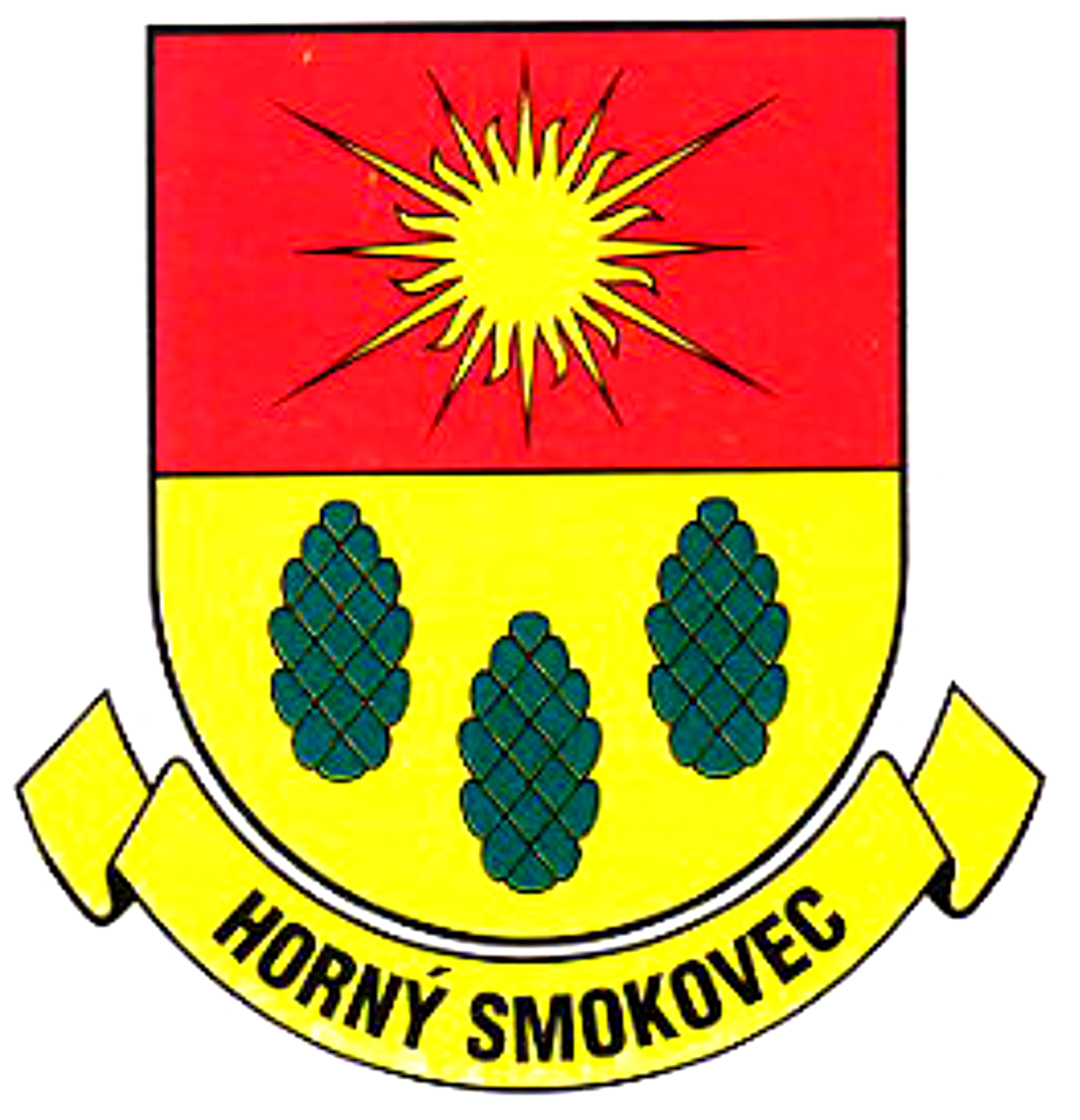 HORNÝ SMOKOVEC
HORNÝ SMOKOVEC
In the second half of the 19th century, a wooden lookout tower was built east of Starý Smokovec, to which a popular walking path led. They called the place Pekná vyhliadka („A Nice View“) and for a while, there was also a small summer restaurant. Since 1926, several family guesthouses have grown east of it. They were built mainly by hotel employees, who made a material contribution and used the interest of the audience at the time in a peaceful rest with a homely atmosphere and food. He declared the grouping of buildings in 1930 as a new settlement – Horný Smokovec („Upper Smokovec“). In the 1930s, a larger guesthouse Helios and two well-equipped climatotherapy sanatoriums by Dr. Ján Opatrný (1930) and Dr. Július Holzmann-Horný (1935) – today a children’s hospital.
 DOLNÝ SMOKOVEC
DOLNÝ SMOKOVEC
Jozef Bohuš, a teacher from Kežmarok, initiated the settlement when he rented a small plot of land from the village of Nová Lesná in 1881 to set up a simple student shelter. His good efforts were wasted by a lack of funds. The started cottage was finally bought by Kežmarská banka („Bank of Kežmarok“), which built another seven smaller, comfortably equipped villas, with a common restaurant, a larger hotel and a spa house. Dolný Smokovec thus became a resort of the Hungarian aristocracy and plutocracy. Several nobles built their own summer houses. From 1883 there was also a spa doctor in the settlement. At the turn of the century, Dolný Smokovec consisted of 12 half-timbered buildings with 204 guest rooms. In a separate building of the spa house, they offered a healing spa made of local peat. In the hall of the spa house, a mineral water spring was prescribed for drinking cures. All buildings, including a wooden chapel from 1890, were designed by architect Gedeon Majunke. At the beginning of the First World War, the settlement was transformed into a military tuberculosis hospital. Since then, Dolný Smokovec has served as a climatic treatment center and since 1919 it has specialized in the treatment of children – today in the treatment of non-specific respiratory diseases.
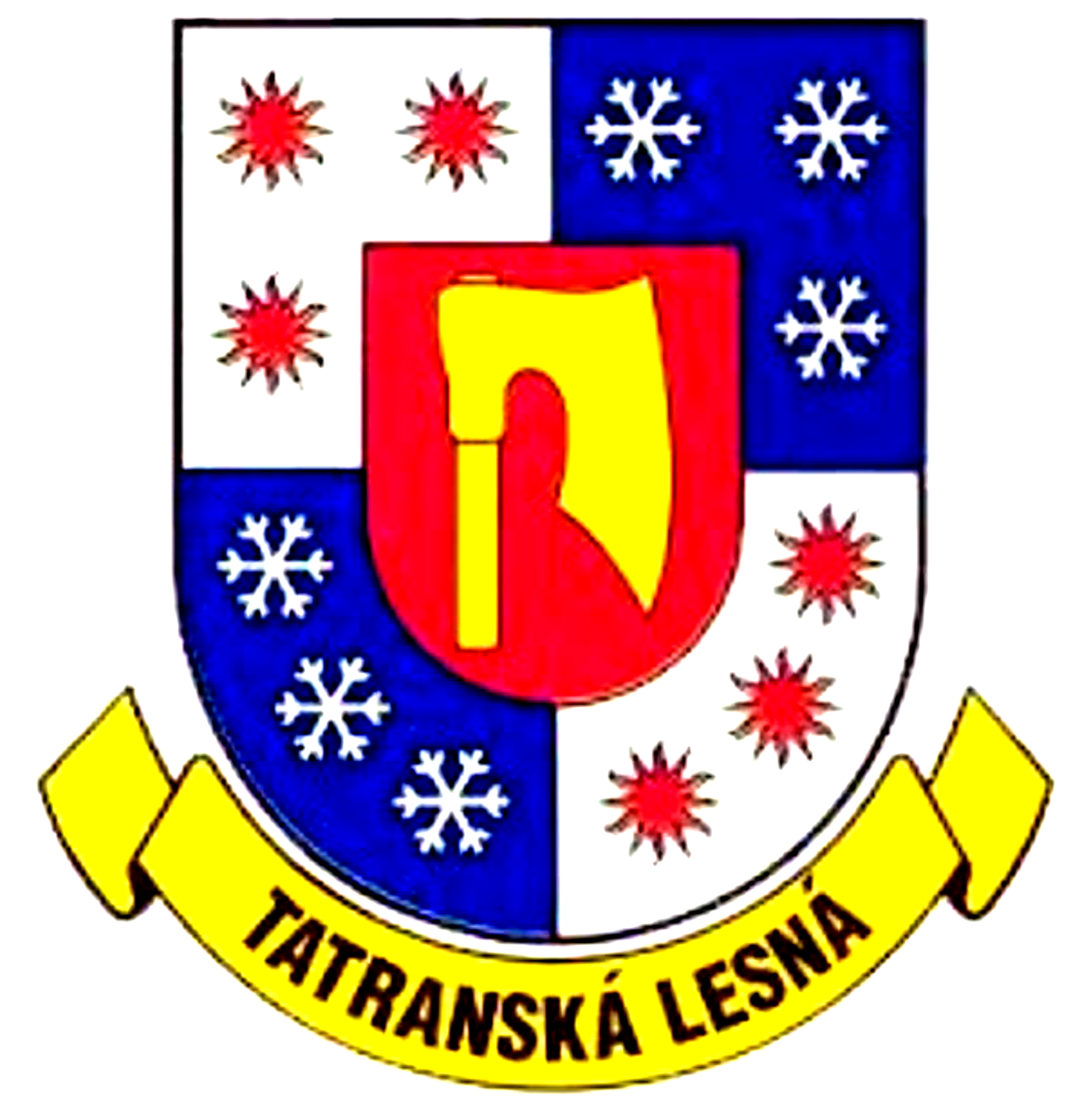 TATRANSKÁ LESNÁ
TATRANSKÁ LESNÁ
The foundation of the settlement, which developed in the area of the village of Stará Lesná, was the Carpathia hotel. On the first floor, it originally had 10 double and 18 single rooms, on the second floor two common tourist dormitories, which, by mutual agreement with the owner, were occupied by a local group of the Tourist Association of Friends of Nature from Matejovce. The hotel on the right bank of the Studený potok („Cold Creek“) was built by Armin Eichner, an innkeeper from Matejovce. The construction work was carried out by the builder Július Marcsán from Poprad, the equipment was supplied by the company J. Hartmann and the sons from Kežmarok. The ceremonial opening of the hotel with wide public participation took place on December 15, 1928. In the following years, several family pensions were sporadically built on the Stará Lesná lands along the Cesta Slobody („Road of Freedom“), which in 1930 were officially declared an independent, new settlement Tatranská Lesná. At that time, the representative children’s convalescent home Detský raj („Children’s Paradise“) grew up here under the medical supervision of its owner Ladislav Jurecký. As an international children’s recreation center with a large new extension, it is still the main building of this settlement.
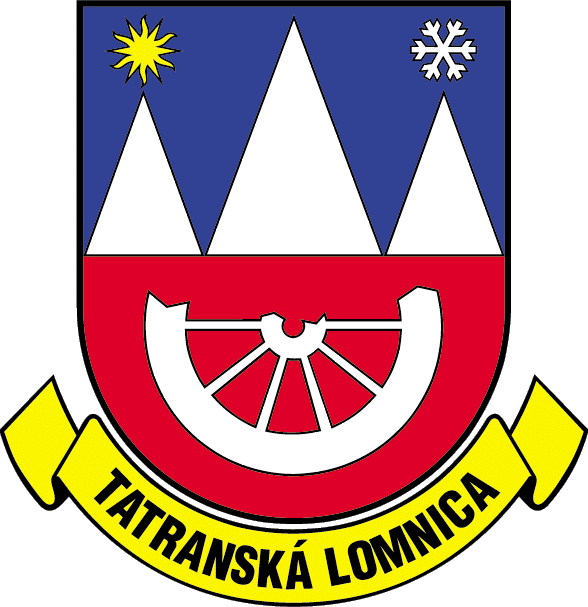 TATRANSKÁ LOMNICA
TATRANSKÁ LOMNICA
In 1892, the Hungarian district decided to build a new resort – Tatranská Lomnica – on a defined area of 226 cadastral jutes. The first step was the construction of the Lomnica Hotel (1893), which was the largest and best-built building in the High Tatras in the next decade. Shortly afterward, Spišská úverová banka also had a more modest Lomnička built in Levoča and a representative spa house with a Moorish entrance hall, hydrotherapy, and medical gymnastics facilities with an indoor swimming pool. As the first Tatra resort, Tatranská Lomnica already had a train connection with Poprad in 1895. In 1905, the construction of the representative Grand-Hotel raised the level of the settlement. Regular winter seasons were introduced and, in addition to the previous summer sports (golf, tennis, clay pigeon shooting and horse racing), skiing, tobogganing and ice skating began to develop. In the direction of Skalnatá dolina, in 1909, they built a toboggan and bobsled track with wooden barriers, a mechanical lift and an electrical timekeeping device. During the First World War, part of the village’s capacity served the Hungarian army for convalescence and ski courses. In 1933, a modern and large convalescent home – Moravia – was built here. The growth of traffic and the permanent population required the creation of services and the building of a business network. The interest of visitors in Tatranská Lomnica increased significantly when in 1940 they put into operation a cable car to Lomnický štít. After the Second World War, Tatranská Lomnica developed into an important center of international tourism and recreation.
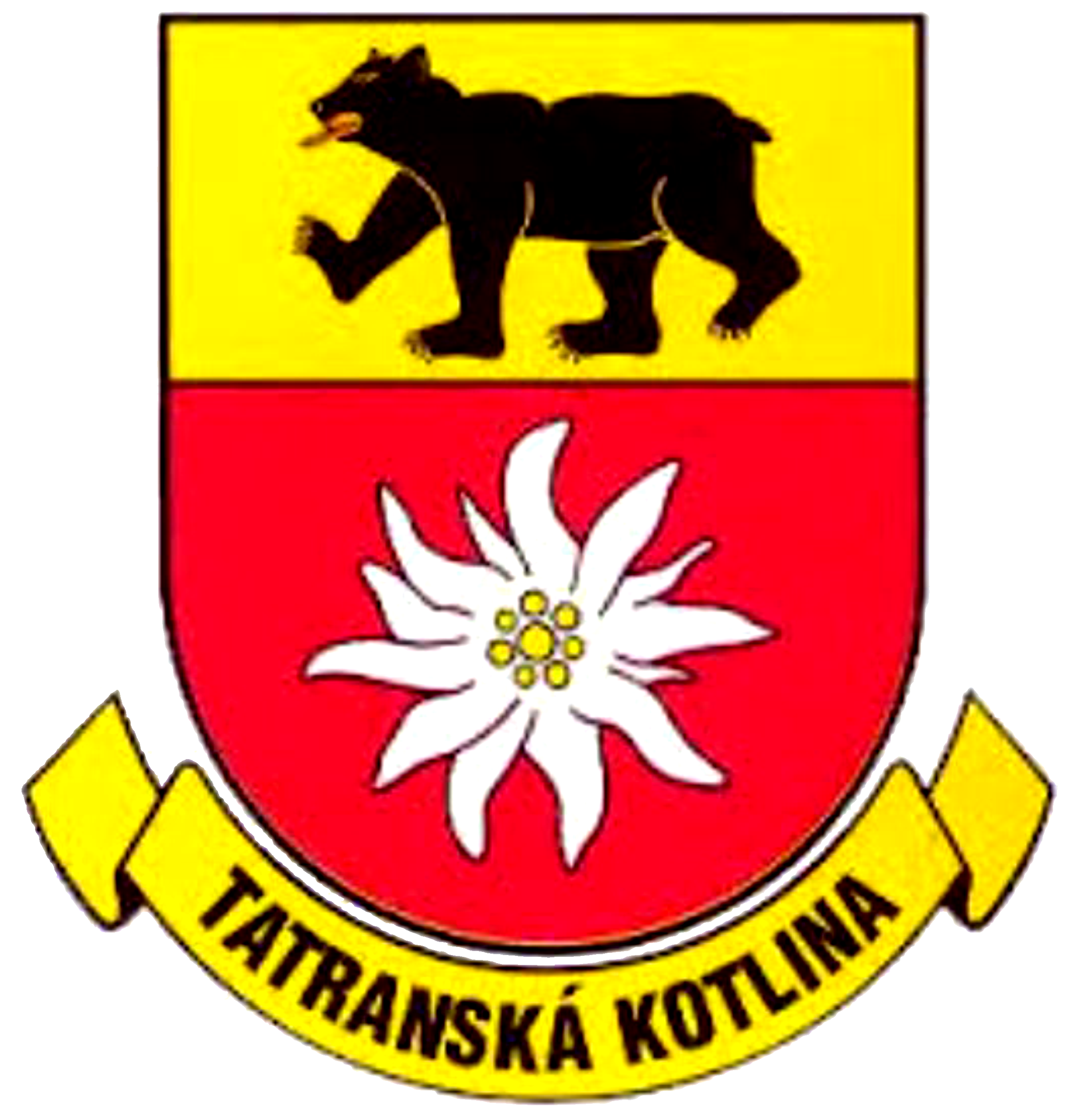 TATRANSKÁ KOTLINA
TATRANSKÁ KOTLINA
The impetus for the establishment of Tatranská Kotlina as a resort was given by the Belianská Cave (1881) and the efforts to bring the Belianske Tatras closer to tourists. One of the first buildings was a shelter for the cave guard in 1882. Until the summer season of 1883, the town of Spišská Belá built a restaurant and two hostels with 15 rooms. By the end of the 19th century, 31 buildings with 254 guest rooms and 370 beds had been built – 13 smaller villas belonged to wealthy individuals. The casino with restaurant rooms was set up for 500 diners and there was also a theater hall. In addition to hydrotherapy, the spa house had equipment for Kneipp therapeutic exercises. During the First World War, soldiers were treated and recovering here. The new owner, pharmacist Ctibor Zelený, created a Tuberculosis hospital for less demanding and less affluent patients from the whole complex. After the fire of 1930, they rebuilt some of the buildings and built a new sanatorium. The sanatorium also bought private villas for various operations and apartments. The modernized buildings of the Tatranská Kotlina are still used for medical purposes.
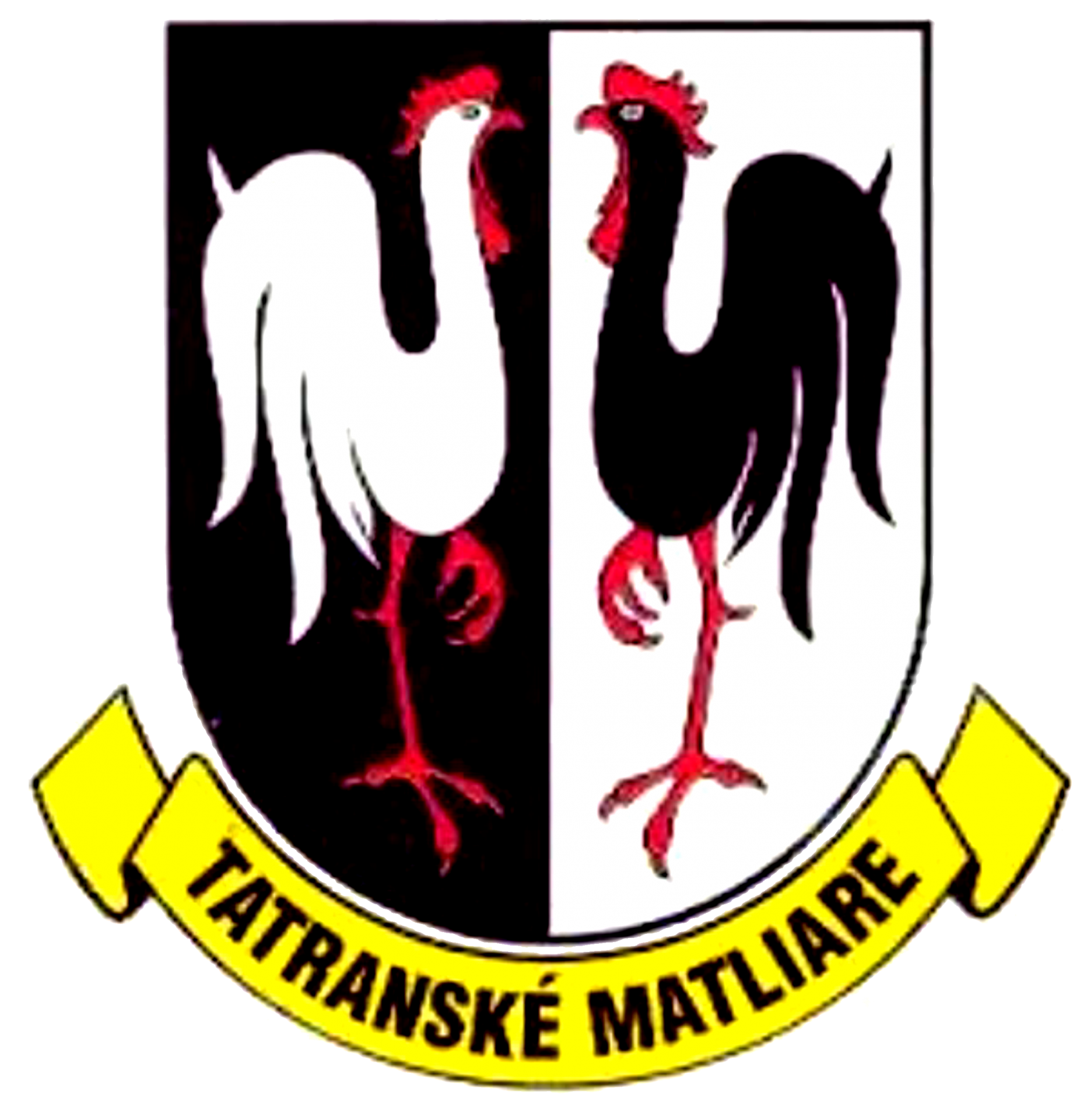 TATRANSKÉ MATLIARE
TATRANSKÉ MATLIARE
Not far from the current settlement, a seasonal shepherd’s estate of a large-scale manor house stood in the 14th century, and in the middle of the 19th century a hunting lodge of the Huncovce composite sororate. In 1884, one of its members, Matej Loisch, had his own hunting lodge built next to the gamekeeper’s house. Later, he also built a larger 27-room tourist hotel Skalnatý potok with a home restaurant and a spa house. During the First World War, they set up a military pulmonary tuberculosis clinic in the settlement in Baroque makeshift. The barracks were used for this purpose even later. After the Second World War, the settlement was taken over by the military health administration, and in 1982 a large-capacity convalescent home was built near the military convalescent homes.
Sources: Osudy tatranských osád („The Fates of the Tatra Settlements“), 1982, Ivan Bohuš
